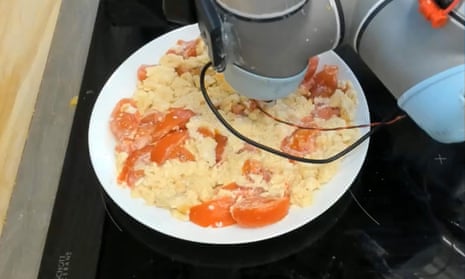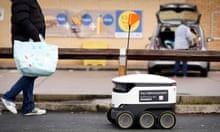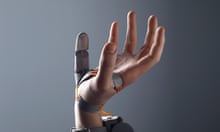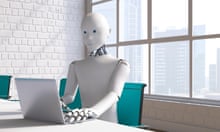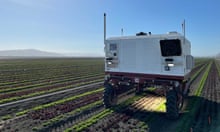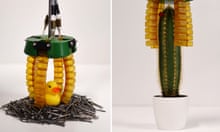The culinary robots are here. Not only to distinguish between food which tastes good and which doesn’t, but also to become better cooks.
A robot chef designed by researchers at Cambridge University has been trained to taste a dish’s saltiness and the myriad of ingredients at different stages of chewing – a process imitating that of humans.
It is a step above current electronic testing that only provides a snapshot of a food’s salinity. Replicating the human process, researchers say, should result in a tastier end product.
“If robots are to be used for certain aspects of food preparation, it’s important that they are able to ‘taste’ what they’re cooking,” said Grzegorz Sochacki, one of the researchers, from Cambridge’s department of engineering.
The concept of tasting as you go – checking whether the balance of flavours is right in a dish’s cooking process – is a critical approach, according to researchers, as the human perception of taste relies on saliva produced during chewing and digestive enzymes to decide whether food is enjoyable or not.
To map human taste, the researchers trained the robot chef to make omelettes. It then tasted nine variations of scrambled egg and tomatoes at three stages of the chewing process. A salinity sensor attached to the robot’s arm provided readings as the robot prepared dishes. To imitate the chewing progress, the team blended the egg mixture and had the robot test the dish again.
Sochacki says it can do much more than just say a dish is too salty, or not salty enough – for example, it is capable of deciding whether more mixing is needed, or other ingredients.
“In the end it’s just a single sensor which wouldn’t be able to do two different ingredients normally,” Sochacki told the BBC. “But thanks to chewing, we see all the different changes through mechanical processing.”
The robotic arms looked similar to those in a car factory, Sochacki told Radio 4’s Today programme, but were made smaller and more affordable to be used in a variety of kitchens, such as at chain restaurants.
But was the robot able to help out with the cooking at home too? “It’s definitely possible, but that’s probably a few years away,” Sochacki said.
Looking ahead, the researchers hope to teach the robot to adapt to an individual’s tastes – such as preferring sweet or oily food – and become an essential part of households.
Dr Muhammad Chughtai, a senior scientist at the domestic appliances manufacturer Beko, who worked with the Cambridge University researchers, believes the technology will play a major role in homes in the future.
“This result is a leap forward in robotic cooking, and by using machine- and deep-learning algorithms, mastication will help robot chefs adjust taste for different dishes and users,” he said.
